Sharply lower sales expected for the Apple iPhone during the current quarter

Securities house Goldman Sachs expects Apple iPhone sales to decline by as much as 36% year-over-year during the calendar second-quarter of this year. This period includes the three months starting in April and ending in June. The Goldman Sachs analysts see sales improving by the calendar fourth quarter to produce a much smaller 2% decline when compared to last year's fourth quarter. But that might be considered devastating news for Apple which is expected to release its first 5G iPhones during the holiday shopping season which takes place during those three months. To make matters worse, Goldman analyst Rod Hall sees the average selling price of the iPhone to continue its current weakness.
The COVID-19 outbreak is going to be rough on Apple iPhone sales
Apple no longer reveals how many iPhone units it rings up in a quarter; instead, it announces the revenue generated from iPhone sales every three months. But this doesn't stop Wall Street firms from taking the latter data and trying to figure out how many iOS handsets were sold during the three month period. Seven analysts taking part in a Bloomberg survey call for Apple to sell 28 million iPhone units during the calendar second quarter. Another consensus of three analysts see a 27% drop in the number of phones Apple will ship during the period.
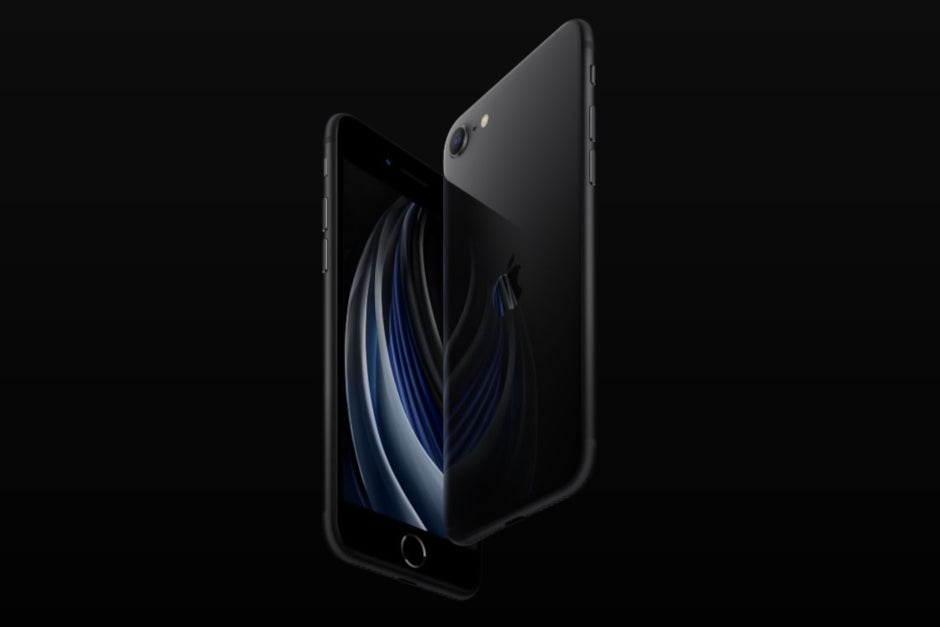
In the middle of a global pandemic, Apple unveils the second-generation iPhone SE
During the past week, Apple introduced the second-generation iPhone SE. The device is Apple's lowest-priced iPhone with the price starting at $399. Pre-orders started today with the release date set for next Friday. The second-generation iPhone SE uses the iPhone 8 body including the 4.7-inch LCD display, Touch ID, and an old-school 16:9 aspect ratio. Instead of a 10nm A11 Bionic containing 4.3 billion transistors, the new iPhone SE is powered by the 7nm A13 Bionic; not only does the latter chipset power the iPhone 11 series, each one has 8.5 billion transistors shoehorned inside.
The new iPhone SE also adds 50% more memory to the 2GB found on the iPhone 8, keeps the 7MP front-facing FaceTime camera and the 12MP single rear camera. With an upgraded Image Signal Processor and the A13 Bionic's Neural Engine improving the rear snapper, Apple calls it the best single-camera available on a smartphone. A shot at the Google Pixel 3a? It sure is and in fact, the second-generation iPhone SE is expected to take sales away from Google's current mid-range phones. And with 22 million people in the U.S. unemployed because of the pandemic, an affordable iPhone is being released at just the right time. TF International analyst Ming-Chi-Kuo originally expected as many as 40 million iPhone SE units to get rung up in 2020, but later reduced that estimate to 20 million-30 million.
In September, we should see Apple unveil four new iPhone models: the iPhone 12 (5.4-inches), iPhone 12 Plus (6.1-inches), iPhone 12 Pro (6.1-inches) and the iPhone 12 Pro Max (6.7-inches). The standard models will have a rear module containing a 12MP Wide camera and a 12MP Ultra-wide camera. The "Pro" models will add a Telescopic camera and a LiDar Time of Flight depth sensor. On Friday, a bombshell leak revealed plenty of information about Apple's new phones.
All four of the handsets will work with both sub-6GHz and mmWave 5G networks and will be powered by the A14 Bionic SoC; the latter will be manufactured by TSMC using the foundry's 5nm process node and each chip will contain 15 billion transistors compared to the 8.5 billion found inside the A13 Bionic. The larger the number of transistors inside a chip, the more powerful and energy-efficient it is. The iPhone 12 family will probably be the first smartphones ever powered by a 5nm chipset.
While Apple still might be able to get away with making the traditional September unveiling of the new models, there has been talk about a delayed-release for one or more of the phones. This would be directly related to the current COVID-19 outbreak and could result in an October or November release of the 2020 5G iPhone models. Under this scenario, the iPhone still would be released during the 2020 holiday shopping season.

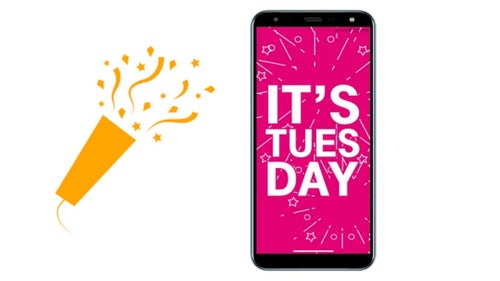

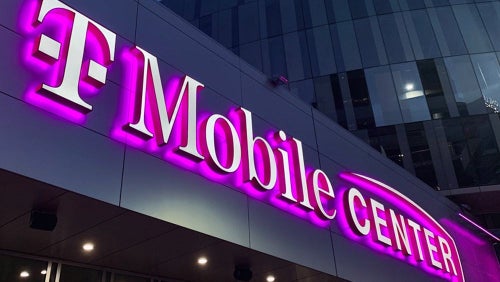
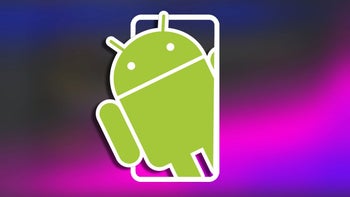
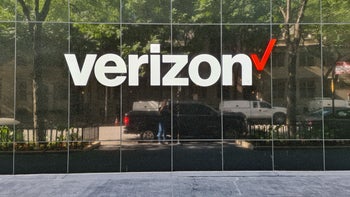
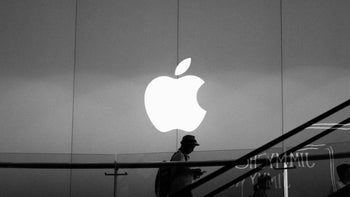


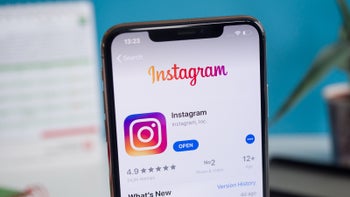
Things that are NOT allowed: